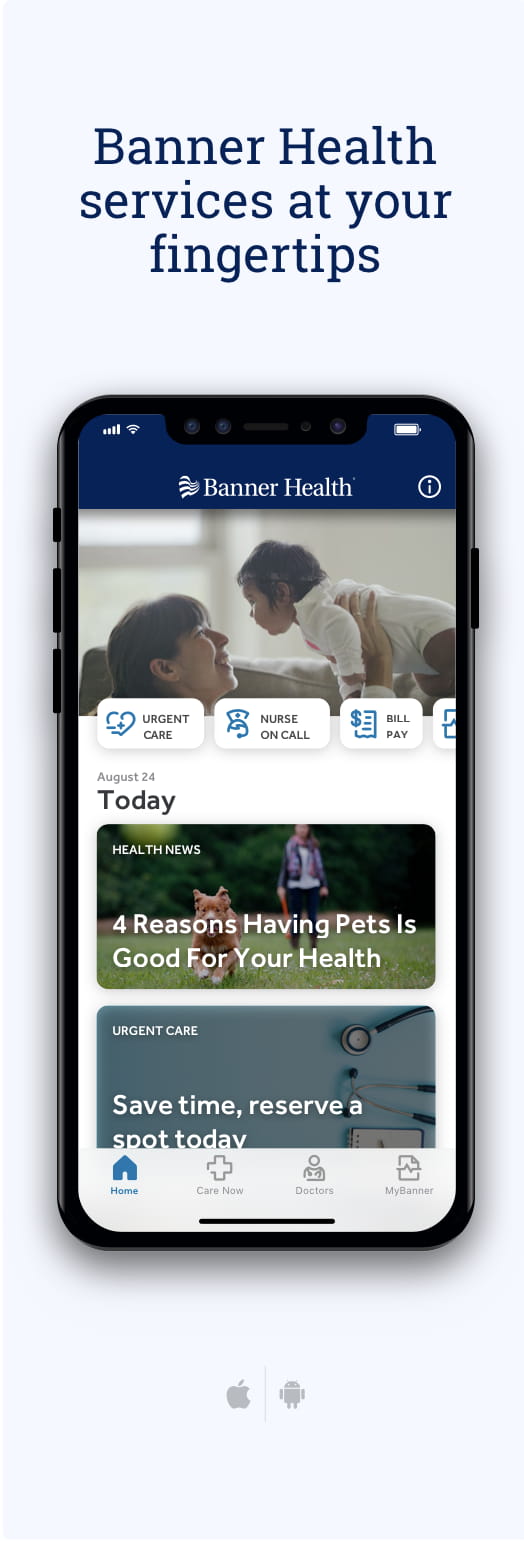When your child has a condition that affects their head or face, your health care provider may recommend a type of surgery called pediatric craniofacial surgery. This surgery can help treat many conditions, like cleft lip and palate, craniosynostosis or facial injuries and can improve how a child looks and how their face works.
Surgery can bring up a lot of questions. You might wonder what it involves, how it will help your child and what recovery will be like. Even though craniofacial surgery can sound complicated, learning the basics can make it easier to understand what’s ahead.
To help explain more, Mimi Chao, MD, a pediatric plastic and craniofacial surgeon, shares five key things parents should know about craniofacial conditions in children — and what to expect during the surgical process.
What is pediatric craniofacial surgery?
Pediatric craniofacial surgery is a type of surgery that helps fix problems with a child’s head, skull, face, jaw or neck. “Craniofacial” means related to the head and face. These surgeries help improve both how a child looks and how their body works, such as breathing or eating.
“Pediatric craniofacial surgery is a specialized field of plastic surgery,” Dr. Chao said. “It is performed by specially trained doctors who focus on the unique needs of growing children.”
Craniofacial surgery for children is different than for adults. Children’s bones and tissues are still growing, so surgeons plan with the future in mind.
“We often plan surgeries to account for growth,” Dr. Chao said. “Sometimes we even overcorrect a little, so the child grows into the final result.”
Why might a child need this kind of surgery?
There are many reasons a child might need pediatric facial surgery. Some conditions affect how the face looks. Others make it hard for a child to do important functions like eat, breathe, speak or hear.
“Some conditions, like craniosynostosis, can put pressure on the brain,” Dr. Chao said. “Others, like cleft palate, can make it hard to eat or speak clearly. We look at the whole picture — appearance, function, growth and psychosocial development — when deciding the best care.”
In some cases, surgery is also done to support a child’s emotional well-being.
“Children often become more aware of facial differences as they get older,” Dr. Chao said. “Improving their appearance and their ability to speak clearly can help with self-esteem and social interactions, especially as they start school and make new friends.”
What conditions can pediatric craniofacial surgery help treat?
Craniofacial surgery can help with many different conditions, including:
- Cleft lip and cleft palate: Openings in the upper lip or roof of the mouth
- Craniosynostosis: Early fusion of skull bones, leading to abnormal head shape
- Pierre Robin sequence: A smaller lower jaw, a big tongue and affected breathing and feeding
- Facial asymmetry or jaw differences
- Ear differences: Conditions like microtia, where the external ear is underdeveloped
- Birthmarks or benign growths on the face or scalp
- Craniofacial syndromes: Complex conditions such as Apert syndrome, Crouzon syndrome or Treacher Collins syndrome may require multiple surgeries
- Traumatic facial injuries: Accidents or trauma can result in fractures or other injuries to the craniofacial region
- Tongue-tie: A common condition that makes it hard for the tongue to move freely
Learn more about specific conditions treated at Banner Children’s.
When is the right time for surgery?
The right time for surgery depends on your child’s condition and how they are growing. Some surgeries happen in the first few months of life. Others are planned for later, when your child is bigger or further along in their development.
“Timing is really important,” Dr. Chao said. “For example, cleft lips are often repaired between 3 and 6 months of age. Cleft palate is usually repaired between 9 and 18 months to help with speech. In other cases, like jaw surgery, we may wait until the child is in their teen years.”
Things that affect timing include:
- How your child is growing
- Whether the condition is causing problems with breathing, vision or eating
- Whether your child is healthy enough for surgery and anesthesia
- Whether your family is ready for recovery and follow-up care
“We always try to choose the timing that gives your child the best result in the long run,” Dr. Chao said. “We make these decisions with the child and their families, not for them.”
How can I support my child through this process?
You’re not alone in this. When your child needs surgery, it can feel like a lot. But many families go through this and there’s a full team of providers ready to help.
Your child’s care team may include:
- Pediatricians
- Neurosurgeons
- Craniofacial surgeons
- Orthodontists
- Speech and feeding therapists
- Genetic counselors
- Behavioral health specialists
They’ll guide you through every step, from your first visit to recovery.
Dr. Chao encourages parents to speak up and ask questions. “Don’t hesitate to reach out with your concerns, no matter how small they may seem,” she said. “We’re here to help your whole family each step of the journey.”
What to expect if your child is referred for surgery
If your child is referred to a pediatric plastic and craniofacial specialist, here’s what the process might look like:
Step 1: Evaluation
Your child will meet with a care team. They’ll ask about your child’s health history and development, do a physical exam and listen to your questions and concerns.
Step 2: Imaging and testing
Your child may need X-rays, MRIs and CT scans to get a closer look at their bones or tissues. In some cases, genetic testing may also be recommended.
Step 3: Planning and support
You’ll talk with the team about the best treatment plan. Some children only need one surgery, and others may need more over time as they grow.
After surgery, your child will have regular check-ups to monitor healing and development.
Takeaway
It can be hard to hear that your child may need surgery. But pediatric plastic and craniofacial surgery is available to help children live full, healthy lives — both physically and emotionally.
You don’t have to figure it all out on your own. Banner Children’s offers care for a wide range of pediatric craniofacial conditions. Schedule an appointment with one of our craniofacial specialists.


